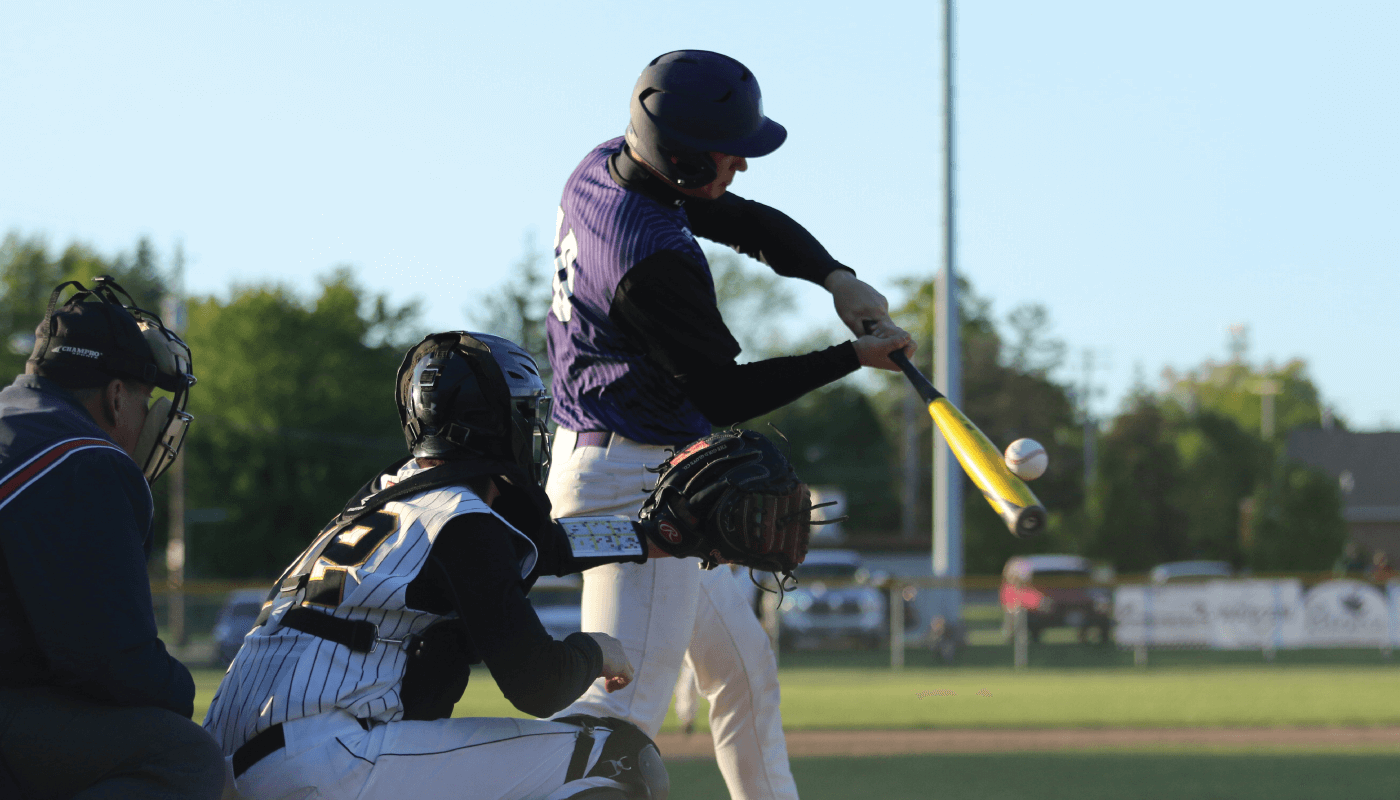
A baseball leaves the pitcher’s mound at almost 100 mph, reaching the batter in under half a second, with unpredictable movement through the air. Within this short timeframe, the batter must track and determine ball trajectory, decide to swing (or not), and adjust and drive with the bat to hit the ball. In short, a good eye is essential for a good hit rate.
For the first time, researchers have shown that an experienced baseball player’s visual tracking ability can be used to predict batting performance, with higher ocular tracking performance correlating with better batting capabilities (1). In contrast, non-athlete ocular tracking scores did not correlate to a better indication of batting ability – due to the nonvisual performance inefficiencies present in the non-athlete, which are “trained out” of the experienced baseball player.
Will MLB teams start screening strike-out swingers before they step up to the plate?
References
- R Chen, LS Stone, L Li, J Vis, 21, 3 (2021). PMID: 33651879.
